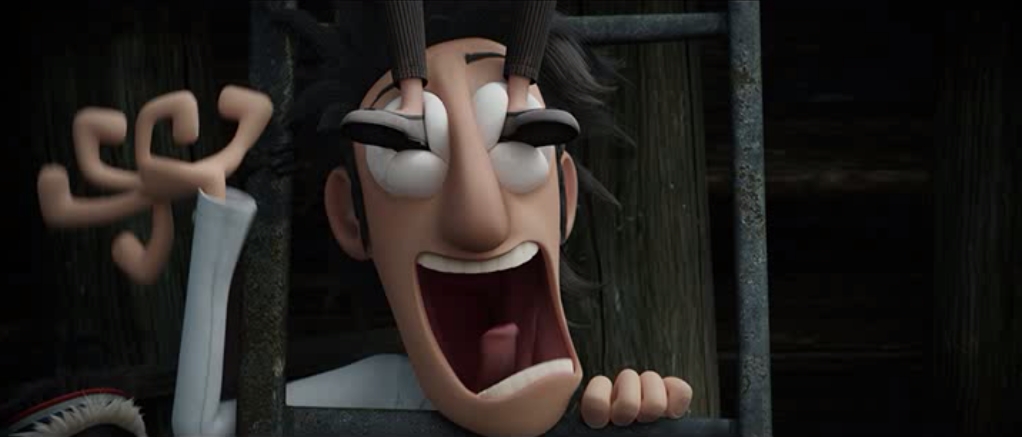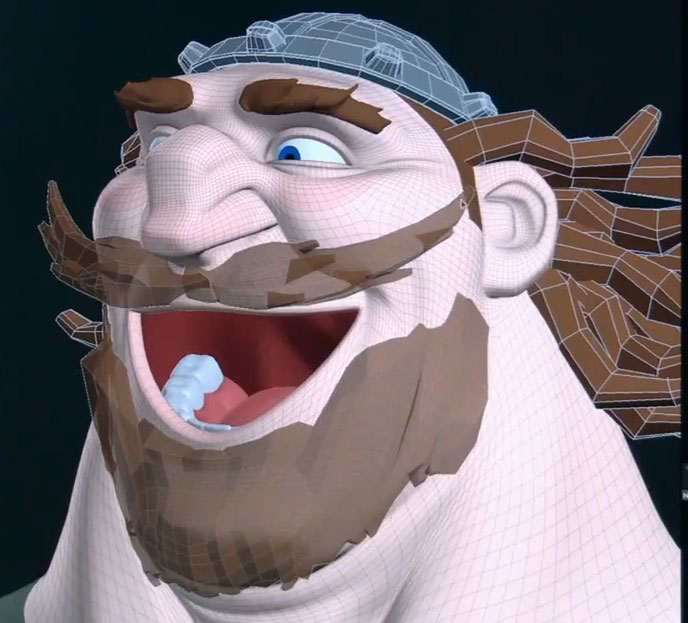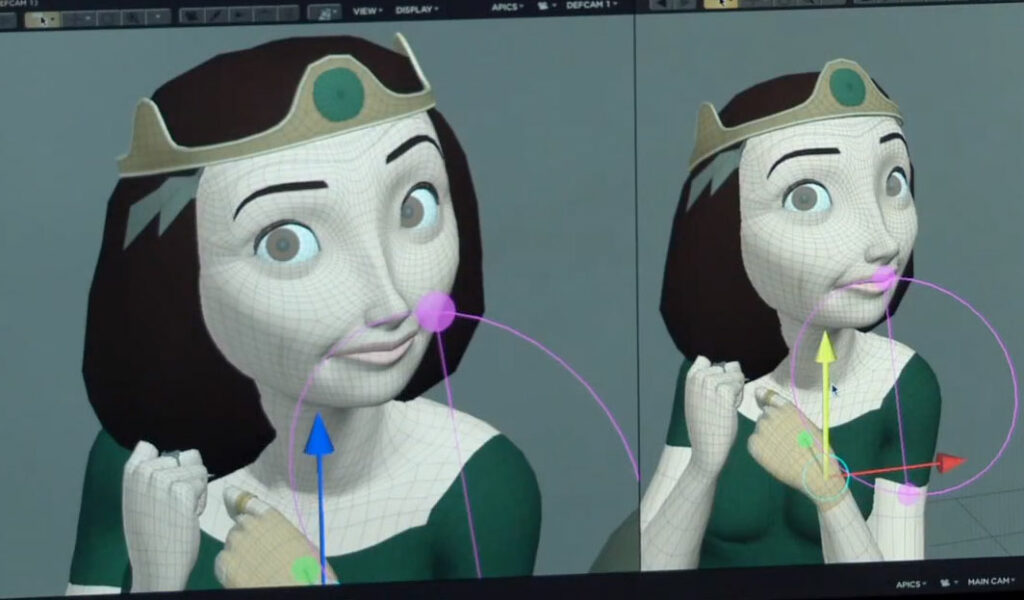Ton Roosendaal, Blender philosophy

Being my professional workhose since 2007, I have been naturally promoting Autodesk Maya on this blog, with some occasional foreays into Blender when enraged at the price of Maya’s license/subscriptions, then back to Maya when Autodesk introduced the free “Maya and Autodesk softwares for Displaced professionals” back in 2012. to support professionals during challenging times.
That scheme gradually disappeared without much noise and recently Autodesk introduced various options on top of the classic educational subscriptions.
Currently, you can get Maya LT, a 300 dollars a year cut down version of Maya that unfortunately doesn’t allow you to run most of the free animation rigs available on the market so for animators who want to focus on character performance this is a no-go. Python is not available either when everybody in the industry uses Python and scripts like AnimBot or any Phython scripts won’t run on it. Rendering is not possible, dynamics are not available, referencing is missing….
Then in some selected countries, you might have access to Maya Indy which is the full feature Maya, for “artists earning under $100,000/year in revenue.” This would perfectly cover hobbyist living in those 5 countries if only there wasn’t a catch! So what is the catch? The catch is, that this scheme is only valid for … one year .. then your subscriptions automatically gets renewed at 250 a month 😉
With my inclination for education and support for struggling populations in the light of the murder of George Floyd, I just can’t continue predominantly posting articles related to Maya.
“Learning 3d at home is a way for modest populations and kids, to potentially gain access to employment and revenue streams”
Learning 3d at home is a way for modest populations and kids, to potentially gain access to employment and revenue streams, outside of expensive institutions and without incurring lifetime debts or adopting piracy habits.
Sorry, that’s a long winded introduction to finally explain that I will start covering Blender more and more on this blog 😉
This first Blender post is a two years old video but a major one as Blender founder Ton Roosendaal, will cover the history of Blender, its philosophy, and its challenges with some interesting comparison with Autodesk and Zbrush.
I never dug too deep into Blender in the past as the interface and the Right Mouse Button (RMB) slection really annoyed me. Unlike some other software creators (TV Paint, Zbrush…), they realised that they shouldn’t force users to their philosophy and accept that some user interaction have now become standard, the left mouse click (LMB) for selection for example.
There are plenty of interesting bits in that video and 1 hour into it, Ton reckons there are just below 20/35k paying Maya customers and less that 20 developers working on it. This could explain why we get so many half baked features every releases and makes me wonder how many companies might be using pirate copies.
If you are in a hurry, Andrew Price was nice enough to include timecodes in the video description.
Enjoy
Related posts:








